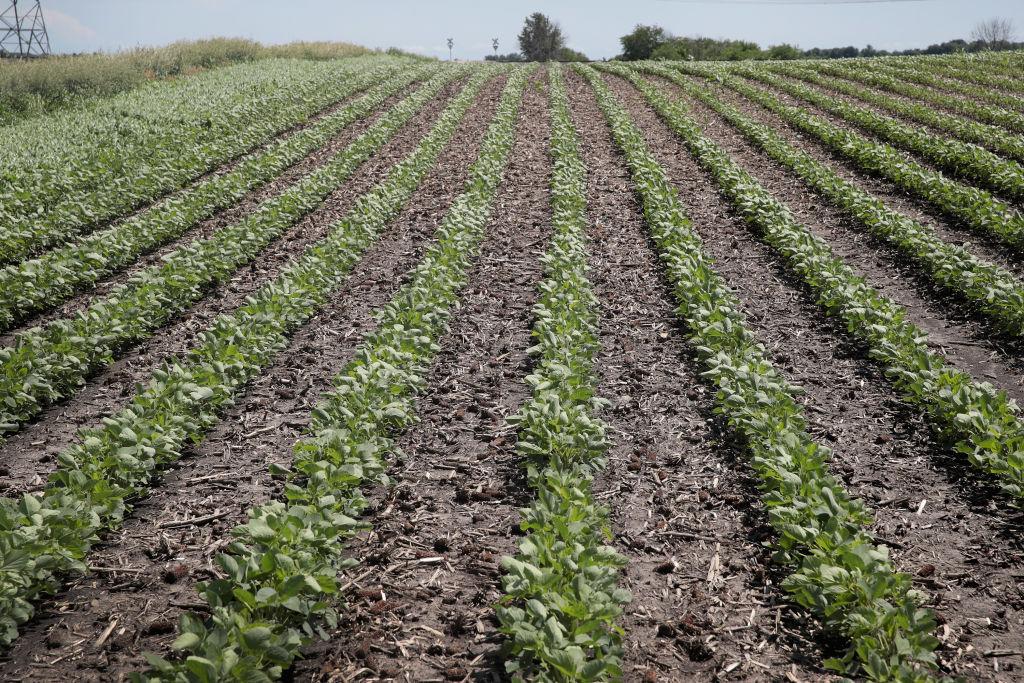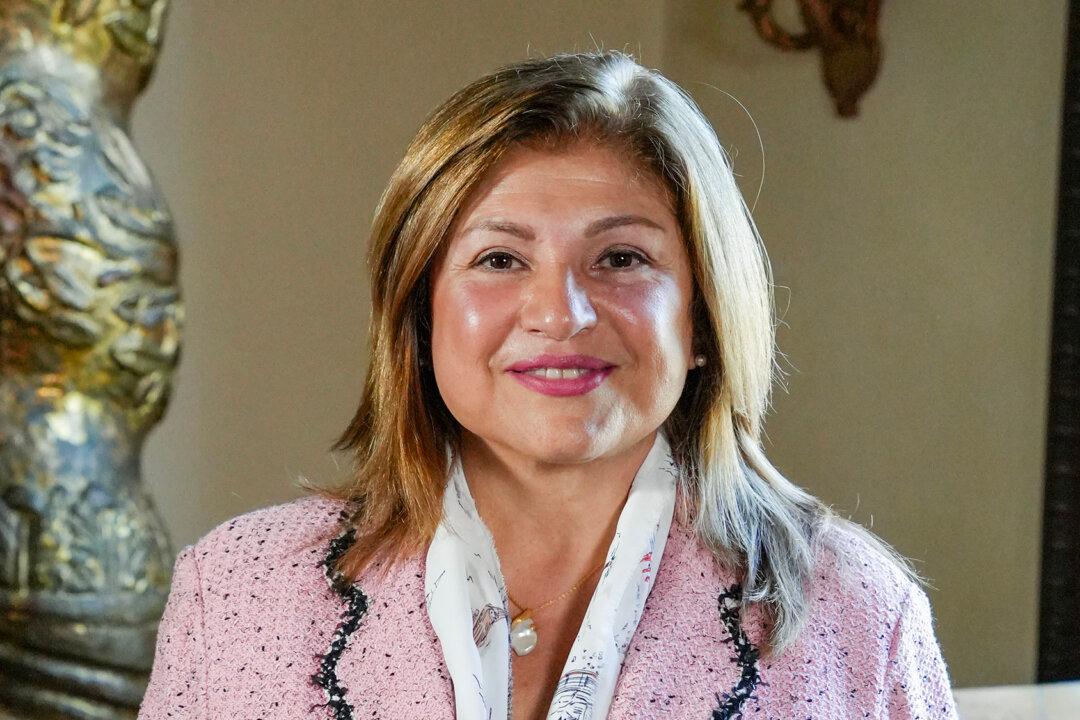Part of the New Green Deal aims to replace all cars and airplanes with zero-greenhouse gas transportation like electric cars and high-speed rail. It implies that carbon dioxide is doing us more overall harm than good. However, research shows that CO2 is more important than we realize.
In response to Rep. Alexandria Ocasio-Cortez’s New Green Deal, the CO2 Coalition, a think tank organization, says CO2 is actually helping us feed the growing population. It is described as a miracle molecule that is the key to saving the world.





